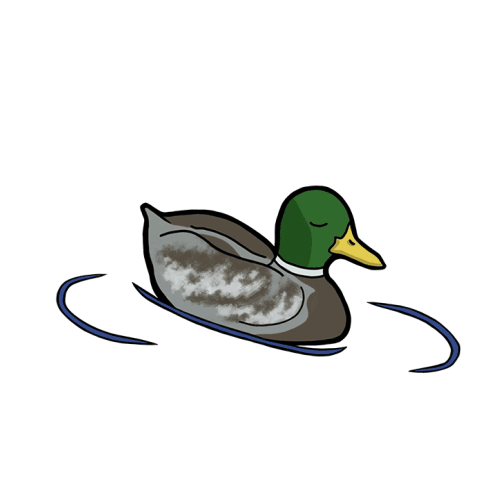Emma Innes
Staff writer

With the COVID-19 pandemic continuing through the fall 2020 semester, students have been attending class both online and in person. With Willamette prioritizing in-person education, many have wondered how much agency professors had to decide if they taught on Zoom or in the classroom. [Willamette’s policy] states that faculty and staff need an official accommodation to work remotely. Faculty and staff can go to Human Resources for a medical accomodation if they, or a household member, have one of the medical conditions listed on Willamette’s website. According to former College of Arts and Sciences (CAS) Dean and provost Ruth Feingold, as well as Nathan Sivers-Boyce, the faculty president, faculty can get an accommodation if they have caretaker responsibilities. While this can apply for those with older relatives to care for, this accommodation was created with childcare in mind after the Salem-Keizer School District announced it would be going remote for this school year. Feingold encouraged anyone with childcare or other caretaker issues to talk to her in order to work out an accommodation. While faculty have the flexibility to move classes online on a specific day for a unique reason or regularly for certain days of the week, they cannot completely teach online without an official accommodation. Feingold said: “I can say that any faculty member at the CAS who has presented any kind of case for a medical accommodation for themselves or a family member has been granted the ability to work completely remotely. Same thing with staff members in CAS.” Feingold also said everyone who asked to teach remotely due to caretaker issues was given permission to do so.
When the Collegian reached out for comment in October, Scott Nadelson, associate professor of English, said: “Personally, I believe that given the severity of the pandemic, the limited capacity for testing and tracing in Oregon, and the unknown long term effect of contracting the virus, I think ethically the right choice is to allow faculty to make that choice on their own, regardless of if they have a documented high risk.” Nadelson is teaching in person this semester, and said he would still teach in person if given the choice but he would prefer to have the agency to make the choice and accept the risk. When first talked to in October, Sivers-Boyce preferred faculty having the agency to decide as well. He felt many faculty would still teach in person, but having that ownership over their classrooms would be more productive.
When asked about the fall semester, Rebecca Dobkins, professor of Anthropology, said over email that since Willamette prioritizes in-person teaching, it has the responsibility to do everything it can to control the spread of COVID-19. She pointed out that public health experts have said this is done through mass testing of those asymptomatic with isolation and quarantine for those who tested positive or were exposed to someone who tested positive. She added that testing technologies have become less expensive with faster results. Dobkins said that since the Centers for Disease Control and Prevention has found the COVID-19 virus can be airborne and linger for hours, Willamette must prioritize ventilation of all spaces where community members gather. For what she believes Willamette should do, Dobkins said: “In my opinion, each classroom should have its ventilation specifications and equipment needs posted, so that anyone using that space can monitor whether all equipment is present and working. A further opportunity Willamette has is to plan ahead to develop a rigorous protocol for returning to campus after the winter break, given that January is in the middle of winter cold and flu season.” Dobkins brought up the question of if students should be required to quarantine after returning for in person classes and should quarantine be paired with rapid testing before classes begin. Other universities are employing these methods and she hopes Willamette will too.

In a second interview, Sivers-Boyce also expressed support for more testing: “Some things I have heard a lot about from the community, both from students and faculty, is that I think there would be an increased sense of comfort and security on campus if there were additional testing. If in particular it were possible for us to test asymptomatic people, at least at some level. That seems to be something that folks consistently point to.” Another option Sivers-Boyce has heard support for is expanded notification of people testing positive. As an example, if someone who attended an in-person class tested positive, the other students in the class could be notified. Sivers-Boyce acknowledged that the current policy is intended to protect medical and personal privacy, but he said that expanded notification would be really valued by the community. He also thinks it would help people feel more comfortable if testing became available to those who had an in-person class with someone who tested positive for COVID-19.
Lately, the focus has shifted to what will happen next semester. Faculty were given four options to choose from for how they teach their Spring 2021 classes. Sivers-Boyce said the options are: In-person classes only with no remote option, in-person classes with remote available (high flexibility), a hybrid option with some days online and some days in person and online only. Sivers-Boyce also said that in response to the survey sent out to students about what type of classes they want for spring semester, there are set quotas for in person and online spots. For the 100 and 200 level classes, at least 70 percent of the seats need to be in person with at least 10 percent of seats online. For 300 and 400 level classes, at least 40 percent of the seats need to be in person with at least 25 percent of the seats being online. Sivers-Boyce believes this new plan for Spring 2021 gives faculty more discretion, while keeping in mind the wishes expressed by students. He said faculty beliefs are varied, but personally believes the change is an improvement.

Comments